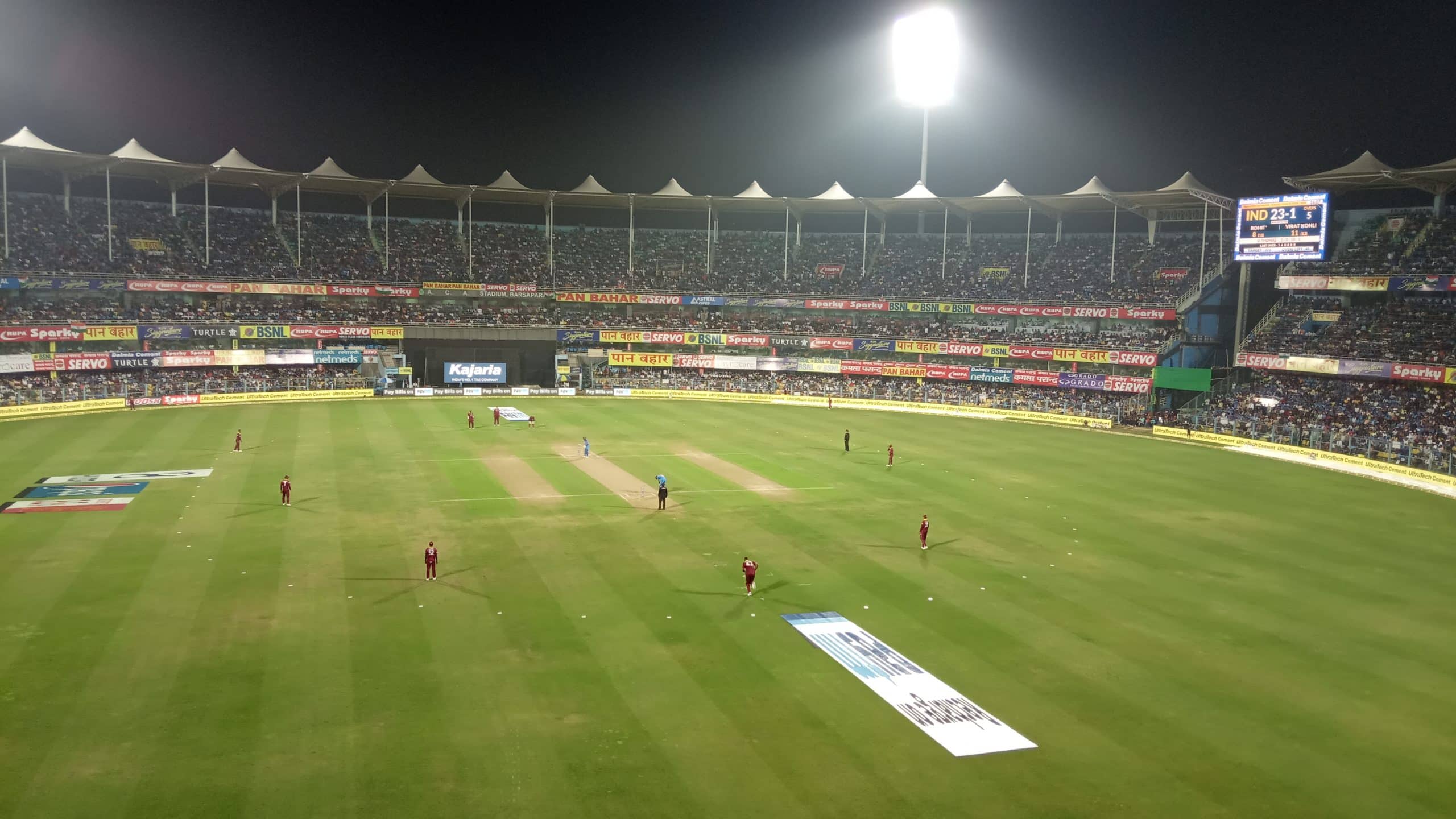The Barsapara Cricket Stadium in Guwahati has emerged as a formidable venue for bowlers, presenting challenges that demand strategic acumen and adaptability. As the Indian Premier League (IPL) 2025 progresses, understanding the intricacies of this pitch becomes crucial for teams aiming to dominate their matches.
Barsapara Cricket Stadium: An Overview
Located in Guwahati, Assam, the Barsapara Cricket Stadium has hosted a limited number of IPL matches, yet it has quickly gained a reputation for its batting-friendly conditions. The pitch’s characteristics, combined with specific environmental factors, contribute to a setting where bowlers often find themselves at a disadvantage.
Pitch Characteristics: A Batter’s Paradise
Several factors make the Barsapara pitch particularly challenging for bowlers:
- Flat and Dry Surface: The pitch offers minimal assistance to bowlers, lacking significant seam or swing movement. This allows batsmen to play their shots with confidence, leading to high-scoring encounters.
- Short Boundaries: With square boundaries measuring approximately 60 to 63 meters and a straight boundary around 73 meters, batsmen find it easier to clear the ropes, even with less-than-perfect timing.
- Consistent Bounce: The predictable nature of the pitch’s bounce further tilts the balance in favour of the batsmen, making it challenging for bowlers to execute deceptive deliveries.
Statistical Insights: High-Scoring Trends
The statistical data from matches held at Barsapara underscore the challenges faced by bowlers:
- Average First Innings Score: Approximately 180 runs, indicating the ease with which teams can post substantial totals.
- Highest Team Total: 199/4 by Rajasthan Royals against Delhi Capitals in 2023, showcasing the potential for mammoth scores.
- Successful Run Chases: The highest successful chase recorded is 145/5 in 18.5 overs by Punjab Kings against Rajasthan Royals in 2024, reflecting the feasibility of chasing sizable targets.
The Dew Factor: Amplifying Challenges
Evening matches at Barsapara introduce the additional challenge of dew:
- Impact on Bowling: Dew makes the ball slippery, complicating grip and control, particularly for spinners.
- Strategic Toss Decisions: Captains often opt to bowl first to mitigate the dew’s impact in the latter half of the game, aiming to exploit the more favourable batting conditions during the chase.
Strategies for Bowlers: Navigating the Minefield
To counter the batting-friendly conditions, bowlers can employ specific tactics:
- Variations in Pace: Utilizing slower deliveries and off-cutters can disrupt the batsman’s timing, making it harder to play aggressive shots.
- Targeting Hard Lengths: Bowling a consistent hard length can reduce scoring opportunities, compelling batsmen to take risks.
- Wide Lines: Delivering wider outside the off-stump can entice batsmen into playing away from their bodies, increasing the chances of inducing errors.
Recent Rule Changes: Addressing the Dew Challenge
The IPL has introduced measures to address the dew factor’s influence:
- Fresh Ball Introduction: From the 11th over of the second innings, a fresh ball is introduced if dew is deemed significant by the on-field umpires. This aims to level the playing field by restoring balance between bat and ball.
Case Study: Rajasthan Royals vs. Kolkata Knight Riders
In the IPL 2025 match between Rajasthan Royals (RR) and Kolkata Knight Riders (KKR) at Barsapara:
- Match Dynamics: Both teams, known for their strong batting line-ups, faced the challenge of adapting their bowling strategies to the pitch’s demands.
- Outcome: The match underscored the importance of innovative bowling tactics and strategic planning to counter the inherent advantages to batsmen of the Barsapara pitch.
Conclusion: Mastering the Barsapara Challenge
The Barsapara Cricket Stadium in Guwahati presents a formidable challenge for bowlers, characterized by its batting-friendly pitch, short boundaries, and environmental factors like dew. Success for bowling units hinges on adaptability, strategic execution, and leveraging variations to counteract the pitch’s inherent advantages to batsmen. As the IPL 2025 season unfolds, teams that can effectively navigate these challenges will enhance their prospects of securing victories at this venue.

